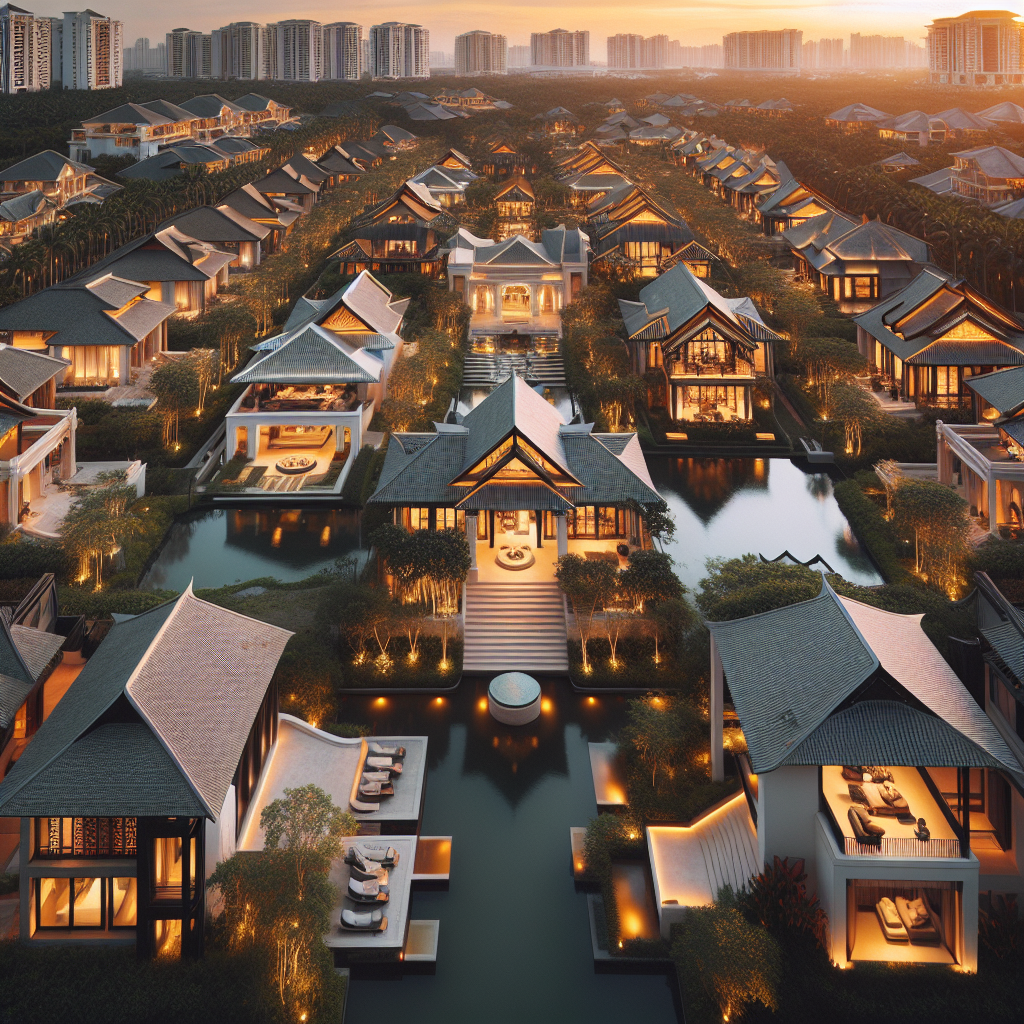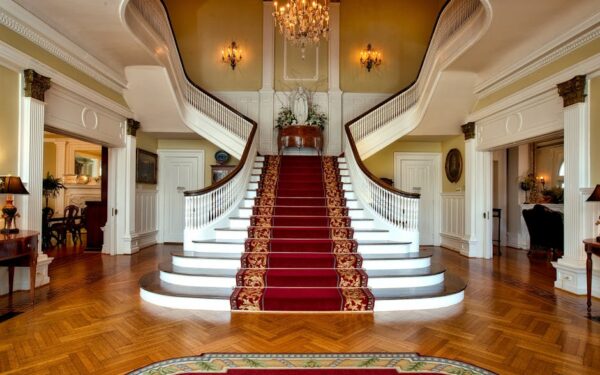Exquisite Residences: Luxury Homes in Asia
-
Table of Contents
- Luxury Homes in Asia
- The Rise of Asia’s Millionaires
- Popular Destinations for Luxury Homes
- Bali, Indonesia
- Hong Kong
- Singapore
- Factors Driving the Luxury Real Estate Market
- Economic Growth
- Urbanization
- Foreign Investment
- Challenges and Opportunities
- Regulatory Restrictions
- Market Volatility
- Competition
- Conclusion
Luxury Homes in Asia

Asia has emerged as a global powerhouse in recent years, with rapid economic growth and a rising middle class. This has led to a surge in demand for luxury homes across the continent. From sprawling villas in Bali to high-rise penthouses in Hong Kong, Asia offers a wide range of luxury properties that cater to the discerning tastes of affluent buyers. In this article, we will explore the current trends and factors driving the luxury real estate market in Asia.
The Rise of Asia’s Millionaires
Asia is home to a growing number of millionaires and billionaires, many of whom are looking to invest in luxury real estate. According to the 2021 Wealth Report by Knight Frank, Asia is expected to have the highest number of ultra-high-net-worth individuals (UHNWIs) by 2025, surpassing North America and Europe. This wealth accumulation has fueled the demand for luxury homes, as affluent individuals seek to diversify their investment portfolios and enjoy a luxurious lifestyle.
Popular Destinations for Luxury Homes
Asia offers a diverse range of destinations for luxury homebuyers. Let’s take a closer look at some of the most popular ones:
Bali, Indonesia
Bali has long been a favorite destination for luxury homebuyers seeking a tropical paradise. The island offers stunning natural beauty, a vibrant culture, and a relaxed lifestyle. Luxury villas in Bali often feature private pools, lush gardens, and breathtaking ocean views. The demand for luxury properties in Bali has been steadily increasing, with buyers from around the world attracted to its unique charm.
Hong Kong
Hong Kong is known for its iconic skyline and bustling city life. The city is home to some of the most expensive real estate in the world, with luxury properties commanding premium prices. High-rise penthouses with panoramic views of Victoria Harbour are highly sought after by wealthy individuals who value exclusivity and convenience. Despite recent political and economic challenges, Hong Kong remains a prime destination for luxury homebuyers.
Singapore
Singapore is a global financial hub and a melting pot of cultures. The city-state offers a high standard of living, excellent infrastructure, and a stable political environment. Luxury homes in Singapore range from waterfront mansions to ultra-modern condominiums in prime locations such as Orchard Road and Sentosa Cove. The demand for luxury properties in Singapore has been driven by both local and foreign buyers, including wealthy individuals from China and India.
Factors Driving the Luxury Real Estate Market
Several factors contribute to the growth of the luxury real estate market in Asia:
Economic Growth
Asia’s rapid economic growth has created a new generation of wealthy individuals who are willing to invest in luxury properties. Countries like China and India have experienced significant wealth creation, leading to an increase in demand for high-end homes.
Urbanization
The rapid urbanization of Asian cities has fueled the demand for luxury homes. As more people move to cities in search of better opportunities, the demand for upscale housing options has increased. Developers are capitalizing on this trend by building luxury residential projects that cater to the needs of urban dwellers.
Foreign Investment
Asia has become an attractive destination for foreign investors looking to diversify their real estate portfolios. The region offers a favorable investment climate, political stability, and potential for high returns. Foreign buyers, particularly from China, have been investing heavily in luxury properties across Asia.
Challenges and Opportunities
While the luxury real estate market in Asia presents lucrative opportunities, it also comes with its own set of challenges:
Regulatory Restrictions
Some countries in Asia have imposed restrictions on foreign ownership of real estate, making it difficult for international buyers to invest in luxury properties. For example, in China, non-residents are only allowed to purchase one residential property for personal use. These restrictions can limit the potential market for luxury homes.
Market Volatility
The luxury real estate market in Asia can be volatile, with prices fluctuating based on economic and political factors. Investors need to carefully assess market conditions and conduct thorough due diligence before making a purchase.
Competition
The luxury real estate market in Asia is highly competitive, with developers constantly vying for the attention of affluent buyers. Developers need to differentiate their projects by offering unique features, amenities, and services to attract buyers.
Conclusion
The luxury real estate market in Asia is thriving, driven by the region’s economic growth, rising wealth, and urbanization. Popular destinations like Bali, Hong Kong, and Singapore offer a wide range of luxury properties that cater to the discerning tastes of affluent buyers. However, challenges such as regulatory restrictions and market volatility need to be carefully navigated. As Asia continues to rise as a global powerhouse, the demand for luxury homes is expected to grow, presenting lucrative opportunities for investors and developers alike.




